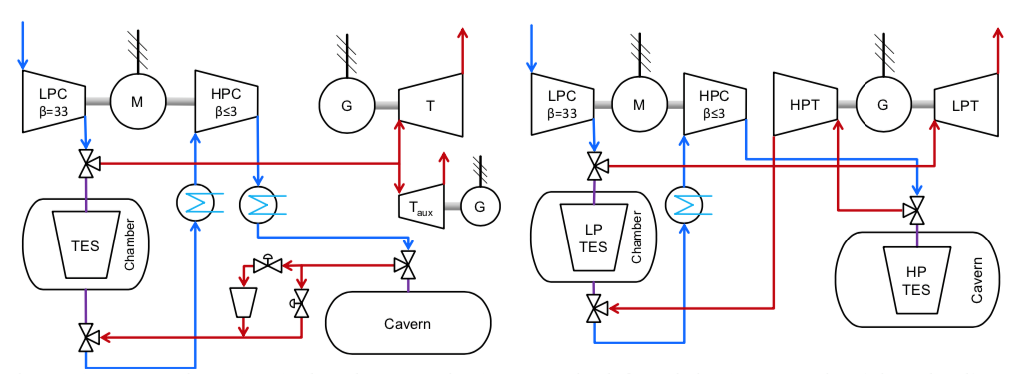In 2050, 20 % of electricity needs in Switzerland should be covered by solar energy. However, depending on the weather and time of year, solar electricity is either more or less readily available. It is therefore important that electricity can be stored efficiently using solutions with large capacities. In Switzerland, it is primarily pumped-storage power plants that are available to this end. But their storage capacity will not suffice if ever more electricity is to be produced from renewable energy sources. Furthermore, the reservoirs required for new pumped-storage power plants have a significant impact on nature and the environment.
The storage of electricity in so-called compressed air reservoirs could offer an alternative. Here, the temporarily excess electricity drives compressors that compress the air and press it into a closed cavity in the rock. This compressed air can then drive turbines and generate electricity once more when this is required at a later time.









